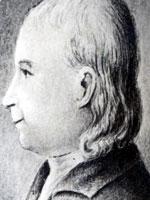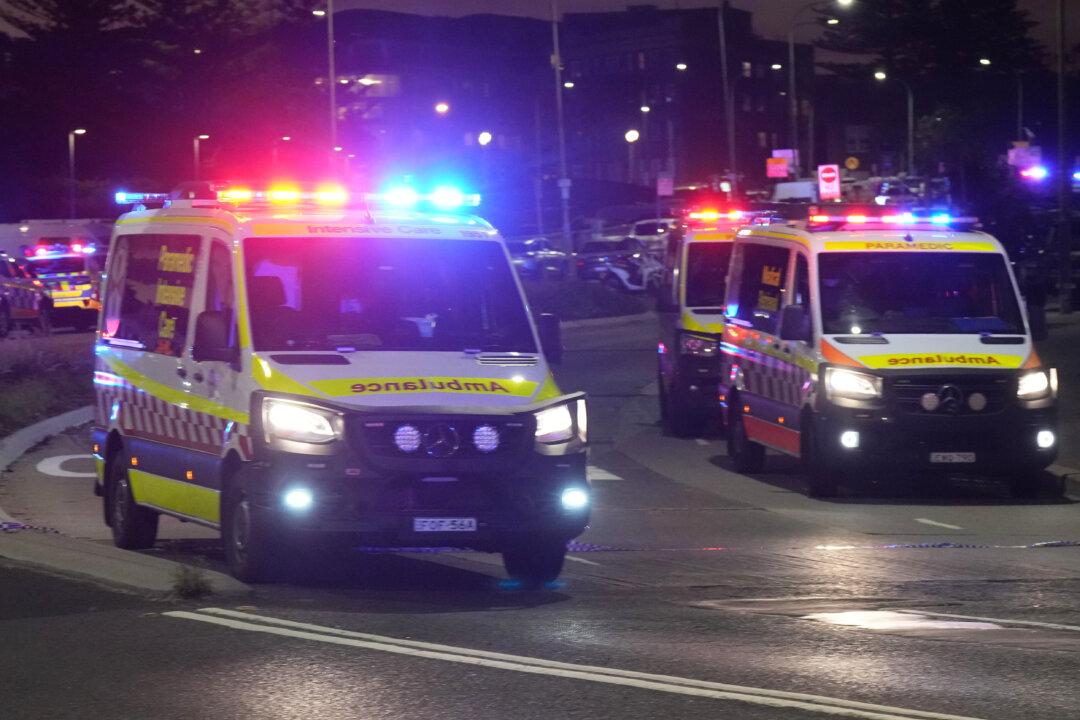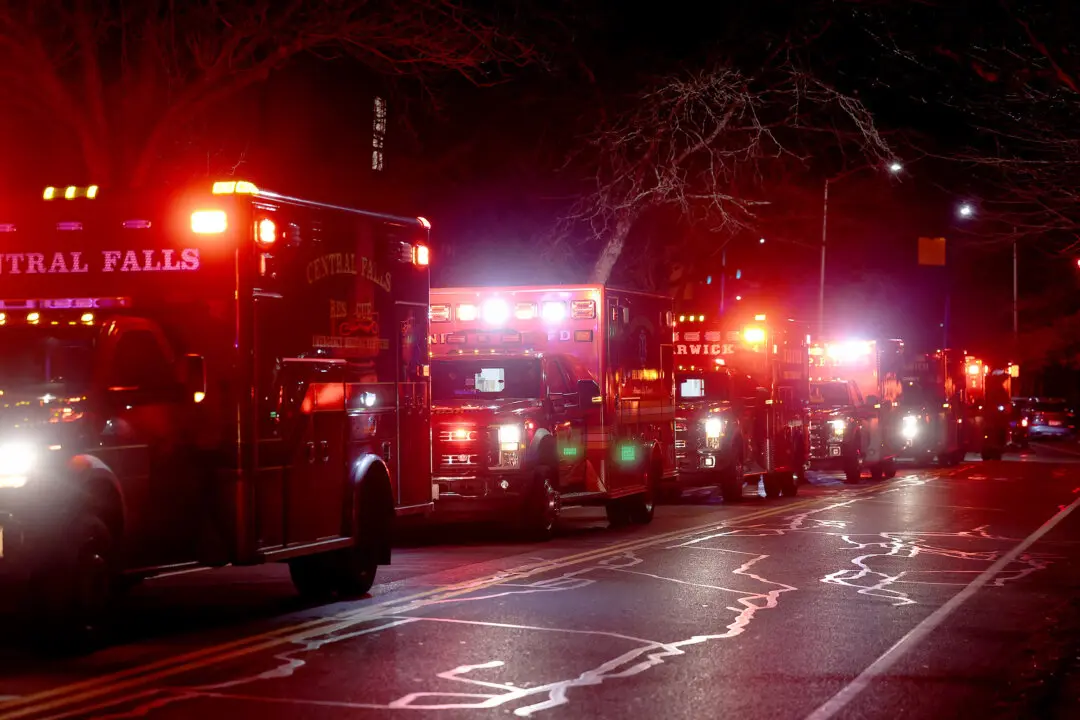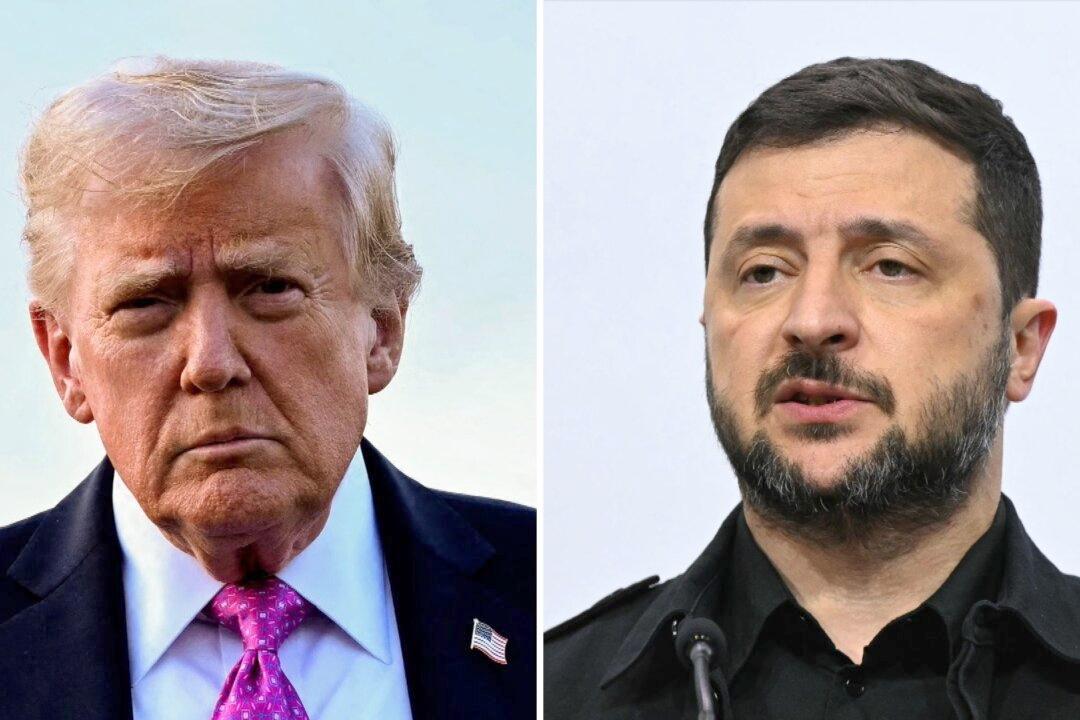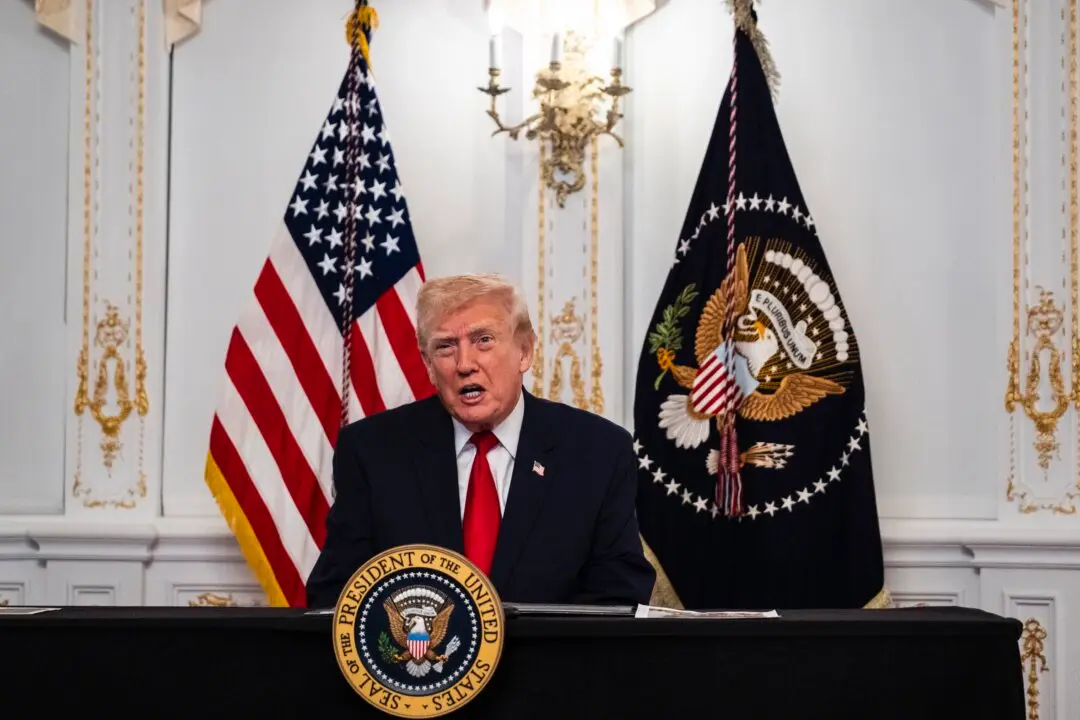During colonial times, streets in New York City more often than not, got their names from the people who became landowners, served in local government, or those who would go on to become historically significant for some other reason. From landowners to Founding Fathers, the city’s streets have been named and renamed, but many have remained the same, honoring their original namesakes.
The first street names in Manhattan were plotted on the Commissioner’s Plan of 1811, the original design plan for the streets of Manhattan. Initially a proposal by the New York State Legislature, it was adopted in 1811 in order to organize the land between 14th Street and Washington Heights for sale. Historians consider this design to be among the most famous uses of grid plans, calling it far-reaching and visionary.
We most commonly know the names of street stops on the subway lines, such as Stuyvesant Street (named after Peter Stuyvesant, the last governor of New Netherland, who owned the land where the street is located), Fulton Street (named for inventor Robert Fulton, credited with inventing some of the world’s earliest Naval torpedoes), or Lexington Avenue (named after the Battle of Lexington, Mass., of the Revolutionary War.). But here are some equally important Manhattan streets and the figures behind them.
1. Great Jones Street
